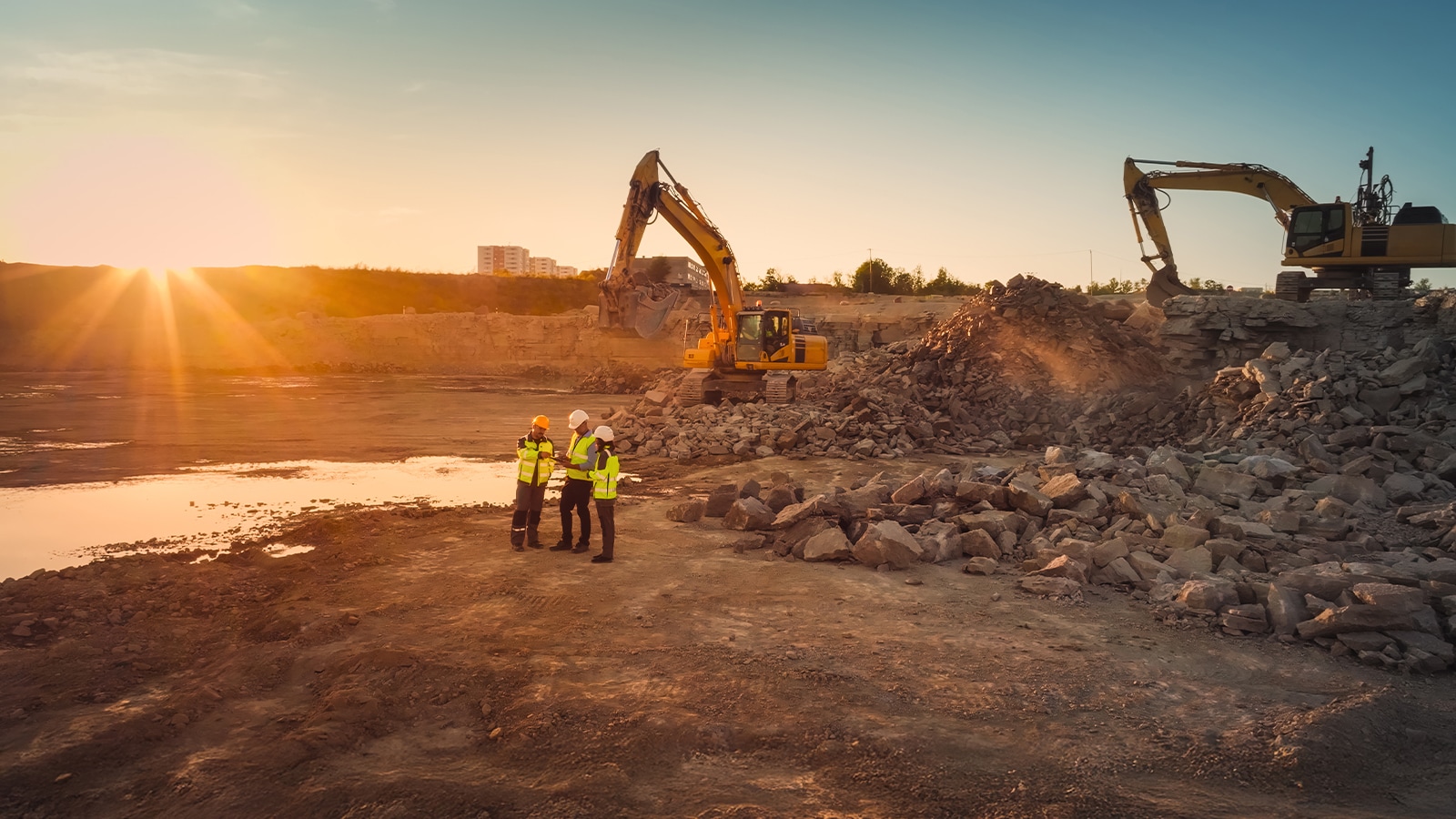{{item.title}}
{{item.text}}

{{item.text}}
BC Mine 2024

By Michael Goehring, President and CEO, Mining Association of British Columbia (MABC)
The views, statistics and opinions expressed by third parties are those of the authors for which PwC Canada takes no responsibility and disclaims all liability, and the above disclaimer applies to any such third-party comments.
British Columbia’s mining industry is poised for transformative growth. With vast mineral reserves, the province has the potential to unlock approximately $90 billion in near-term economic activity. There are 27 potential new mines or mine expansion projects in British Columbia that are well advanced: 18 critical mineral, six precious metal and three steelmaking coal projects.1
The economic stakes are significant. These projects could bring $41 billion in new investment, nearly $27 billion in labour income and over $12 billion in tax revenue, helping secure our economic future and supplying the materials needed for clean energy, advanced technologies and national security.2
These projects come amidst unprecedented economic uncertainty, brought about by tariffs and trade war threats. This is made more challenging as British Columbia’s economy slows and costs for families and businesses rise, while the province faces a record deficit along with increasing debt.
Now is the time to take bold and urgent steps to secure our economic future. One of the most powerful tools we have at our disposal in British Columbia is mining. Mining has the potential to drive a new wave of economic growth—creating jobs, strengthening communities and generating revenue for government services.
Today, British Columbia is home to 18 operating mines and two smelters that produce critical minerals, precious metals and steelmaking coal. These are essential inputs for everything from electric vehicle (EV) batteries and MRI scanners to wind turbines and jet engines.
In 2022, British Columbia’s mining sector contributed $18 billion to the provincial economy, supported over 35,000 jobs and generated over $3 billion in government revenue. It helped support nearly 4,000 small, medium and Indigenous-owned businesses in 200 communities through an annual spend of almost $3.7 billion on goods and services.3
British Columbia’s mining products serve a global market, with the majority exported to Asia: Japan, South Korea, China and India. In 2024, only 7% of British Columbia's exports to the United States were critical minerals and metals,4 underscoring the strategic importance of maintaining and diversifying export markets.
More people now recognize that British Columbia’s resources are key to building a modern economy—from clean energy and security to digital technologies—which has led to increasing public support for the mining industry.
Governments are beginning to respond. The provincial and federal governments are working to align regulatory processes and expedite permitting. In British Columbia, a strong mandate from Premier David Eby to establish fixed permitting timelines, along with the creation of a new stand-alone Ministry of Mining and Critical Minerals, are positive steps forward.
The provincial government has committed to expediting 18 major projects, including four major mines: Highland Valley Copper, Red Chris, Eskay Creek and Mount Milligan. Advancing these projects through the approval process within the year would signal the BC government is serious about accelerating permitting timelines.
However, we at MABC feel more must be done. We believe permitting remains the number one barrier holding back our industry. Currently, mine approvals can take upwards of 10 to 12 years. This puts British Columbia at a disadvantage in attracting the investment needed to fund and grow our sector.
We must do better. We must modernize and expedite the permitting process for critical minerals and other mining projects. Reducing permitting timelines dramatically to a few years—while maintaining world-class environmental protection and respecting First Nations’ rights—can be a competitive advantage for British Columbia in the global race to secure mineral and metal supplies.
With a new federal government, we believe British Columbia and Ottawa should work quickly to streamline approvals and decide who is the best placed regulator. We feel Prime Minister Mark Carney’s commitment of “one project, one process” must become standard practice.
Another key step involves Indigenous participation and partnerships with the mining sector. We would like to see government ensure First Nations communities have the governance, administrative and technical capacity to participate in reviews of mining and other major resource projects.
Further, both governments have pledged billions in loan guarantees to support First Nations equity participation in mining and other resource projects. But these commitments have yet to materialize. These programs must be implemented without delay if co-ownership is to become a viable path for First Nations communities.
From our point of view, infrastructure is another hurdle. British Columbia requires federal co-investment to build priority transmission lines that would electrify new mining projects. Affordable, clean electricity is essential for the viability of new mining projects and for maintaining British Columbia’s status as a low-emission mining jurisdiction.
Investment for mining projects is an additional area where we contend a public policy approach is warranted. Junior mining companies, for instance, in the early feasibility and development stages of a project, must walk through the so-called “valley of death” to raise needed capital.
Meanwhile, the competitive landscape is shifting. In the United States, President Donald Trump has signed executive orders to accelerate the development and processing of critical minerals. Canada may soon face stiffer competition for capital and talent from south of the 49th parallel.
Yet despite these challenges, British Columbia remains a global mining centre. Our strategic location, rule of law, transport network, skilled workforce and large concentration of mining professionals give us a distinct advantage. Our industry is also a global leader in innovation and environmental, social and governance (ESG). Mines are adopting advanced technologies—artificial intelligence (AI), data analytics and robotics—that are improving productivity and reducing their environmental footprint. For example, AI is now being used to enhance copper production and drive autonomous haul trucks, while tailings facilities are monitored in real time, improving safety and reducing risk.
British Columbia has everything it needs to lead the world in mining and critical minerals—if we act. If we don’t accelerate permitting, improve investment conditions and support First Nations partnerships and participation, we risk missing the opportunity.
The path forward is clear. Addressing the constraints that hold our sector back will release billions in investment, support reconciliation, stabilize regional economies and secure our economic future and long-term prosperity in these turbulent times.
1. Source: BC Mining Economic Impact Study, Mining Association of British Columbia, May 2025, https://mining.bc.ca/2025/05/2025-economic-impact-study/
2. Source: BC Mining Economic Impact Study, Mining Association of British Columbia, May 2025, https://mining.bc.ca/2025/05/2025-economic-impact-study/
3. Source: “Economic Benefits,” Mining Association of British Columbia, accessed May 22, 2025, https://mining.bc.ca/economic-benefits/
4. Source: “Annual B.C. Origin Exports,” Trade Data, British Columbia: BC Stats, May 6, 2025, https://www2.gov.bc.ca/gov/content/data/statistics/economy/trade/trade-data
{{item.text}}

{{item.text}}




